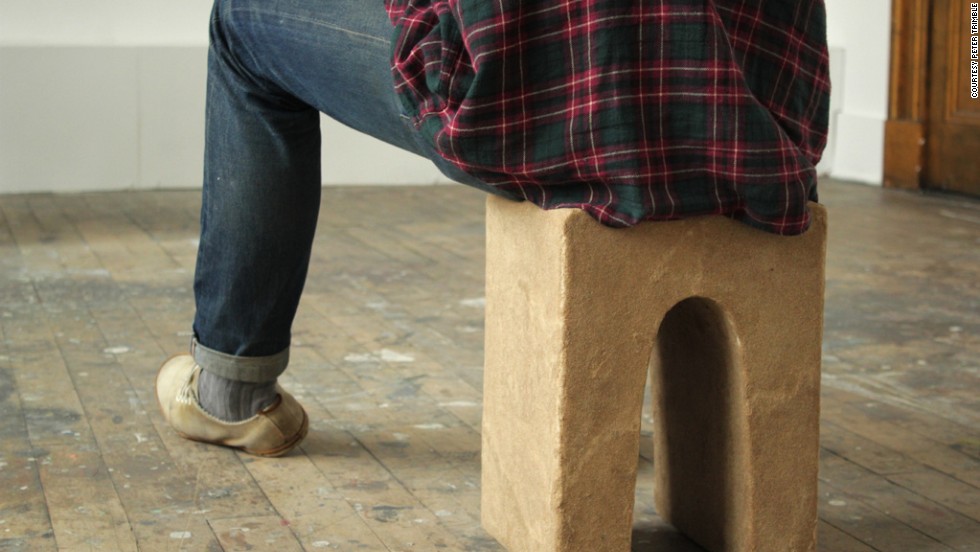Peter Trimble found his formula through trial and error. A design student at the University of Edinburgh,
he was aiming to produce an artistic exhibition for a module on
sustainability, when he stumbled on "Dupe," a living alternative to
concrete.
A lab technician introduced
Trimble to Sporosarcina pasteurii, a bacterium with binding qualities,
sometimes used to solidify soil to hold road signs in place. The student
tested it with one of the world's most abundant resources - sand.
Pumping bacterial solution into a sand-filled mould, he added nutrients,
urea derived from urine as fertilizer and calcium. After a year, and
hundreds of failed experiments, this process manufactured a stool around
70% the compression strength of concrete.
The
process requires less than one-sixth of the energy used in concrete
production, and is completely biodegradable. Crucially, Trimble believes
his mechanism has the added benefit that it could be employed by
anyone, anywhere.MORE


No comments:
Post a Comment